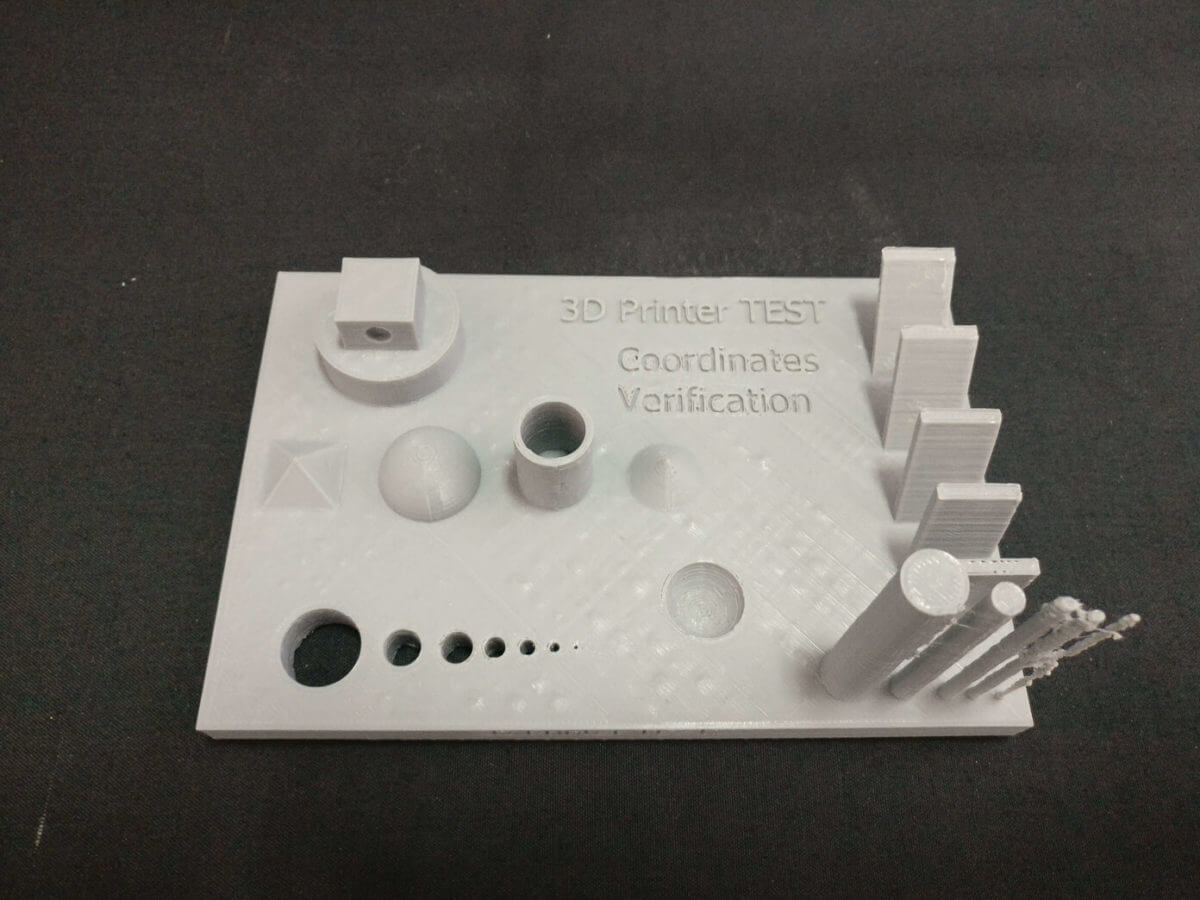
Technichal Specifications
How to use this exercise?
The model will be used for coordinates verification. By using a calliper, students will verify and check some measures. It will be also useful for knowing the 3D printer limits
Number of pieces of this exercise
1
General description
The model is composed of a single object that contains different geometries with different features, such as: curves, overhangs, hollow parts, engraved and embossed text, holes, pins, and many more.
All the features are implemented over a printed basis
Additional Material
Models used:
License Info
Attribution 4.0 International (CC BY 4.0) https://creativecommons.org/licenses/by/4.0/You are free to:
Share — copy and redistribute the material in any medium or format
Adapt — remix, transform, and build upon the material
for any purpose, even commercially.
Under the following terms:
Attribution — You must give appropriate credit, provide a link to the license, and indicate if changes were made. You may do so in any reasonable manner, but not in any way that suggests the licensor endorses you or your use.
No additional restrictions — You may not apply legal terms or technological measures that legally restrict others from doing anything the license permits.
Learning Specifications
How can the model be used in class?
This model can be used and adapted for teaching how to use callipers.
The model is used also for testing the 3D printer and know what limits it has (features, accuracy…)
Also, the students can do all the changes they want. So, teachers can also explain how to design in CAD.
What benefits can its use have?
-Learn to design with different CAD software.
-Know how to use and read a calliper.
-Obtaining measures in the CAD software and checking them on the 3D printed piece.
-Learn the 3D printing process.
-Understand 3D printing limitations.
Can it be used in other subjects?
– Computer Design
– Technology
